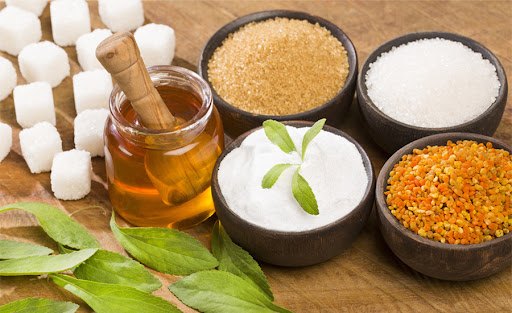Bioconversion refers to converting plant or animal products into usable products with the help of biological processes or microorganisms. The aim of bioconversion lies in obtaining a superior, well-polished product. Regarding organic compounds like stevia, bioconversion denotes obtaining a better form that meets consumer preference and is ready to face competition with sugar heads.
In the past decade, natural high-potency sweeteners have become widely popular. The resultant consumer response towards sugar alternatives has been overwhelming and has forced brands to reconsider preferred sweetness. Stevia quickly emerged as a crowd-favorite among sugar alternatives and continues to dominate the category.

Stevia leaf contains major and minor steviol glycosides in higher and lower concentrations. Major steviol glycosides are a sweet taste with a slightly bitter licorice-like aftertaste. The relatively low quantity of better-tasting glycosides such as Reb-M within the plant has necessitated the need for production units to invest in biotechnology to produce the desired sweet steviol glycosides.

During bioconversion, the extracted steviol glycosides are first converted to different targeted steviol glycosides, such as Reb-M and Reb-D or any other unique glycosides, by an enzymatic reaction. These enzymes are derived from genetically modified microorganisms. The process of bioconversion mimics the natural maturation process in the stevia plant. In practice, the bioconversion process involves the addition of principal sugar moieties in the orientation of steviol’s backbone. These sugars may be glucose (primary), xylose, deoxyglucose, fructose, and rhamnose. The resultant bioconverted final product contains the desired sweet steviol glycosides with no aftertaste, making the bioconversion of stevia a crucial innovation in stevia manufacturing.
While the process of Bioconversion of stevia may not be discussed widely, its importance in stevia manufacturing speaks for itself. Bioconverted stevia is being touted as the next stage in the evolution of the product, which can truly help enhance the satiety and adaptability of stevia as a universally accepted sugar alternative.


